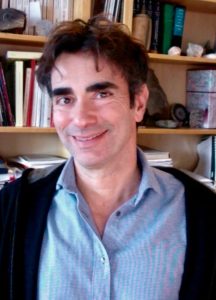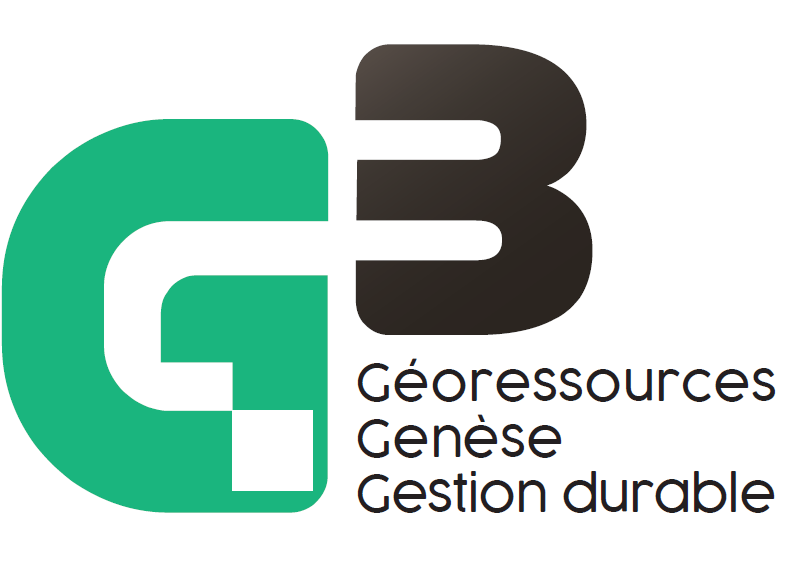Quartz, a common mineral that knows how to make itself unique.
One of the missions of the G3 team is the development of new efficient tools to target economic mineralization (« footprinting »), less and less accessible, in order to limit the environmental impact of the exploration phase.
Around Loïs Monnier’s PhD thesis and in collaboration with BRGM, we have published two studies combining LA-ICP-MS analysis of quartz crystals and multivariate statistical analysis providing a new solution to locate potential new deposit and understand its formation.
The first study [1] focused on one of the main hotspots of mineralization (W, Sn, Li, Nb-Ta, Sb) in France: the Echassières district, in the Allier region. Hundreds of analyses of trace elements from various generations of quartz crystals have allowed us to establish very precise chemical signatures, playing the role of bar codes, capable of tracing the origin of each generation. Indeed, we have shown that quartz crystals formed from the same magma or hydrothermal fluid have the same chemical signature. Thus, we have elaborated a protocol allowing to say with certainty if two neighboring veins were formed at the same time or not, and thus to distinguish for example a mineralized vein network from another sterile one.
The second study [2] repeats this protocol to demonstrate that antimony (a “critical” metal, 100% imported by the european industry) mineralization is easily detected by collecting the peripheral quartz veins of these deposits. Indeed, the quartz crystal lattice incorporates a small amount of Sb when genetically associated with mineralizing fluids, even if Sb minerals are not yet visible. It only remains to follow the increase in concentration of this metal in quartz to potentially discover mineralization.


I am a CNRS research scientist. Most of my research concerns hydrothermal mineral deposits. I study the processes that occur when hot fluids interact with rocks in the crust, alter them, carry and eventually precipitate metals to form a deposit. I use a field-based approach that ranges from mineralogical to µ-scale analysis and fluid inclusion investigations.
Recently, I have been working on green energy resources such as Li, as well as on sustainable metal recovery in active mines and tailings.

